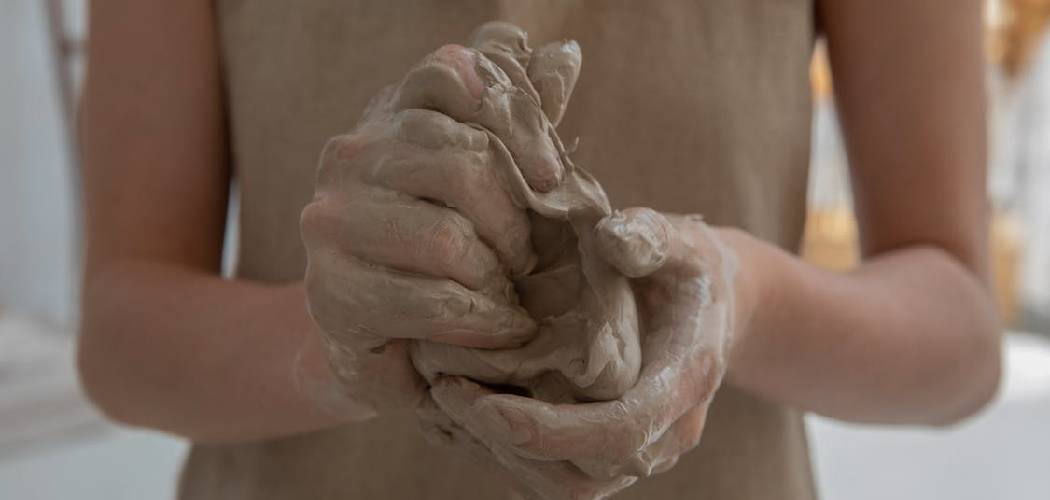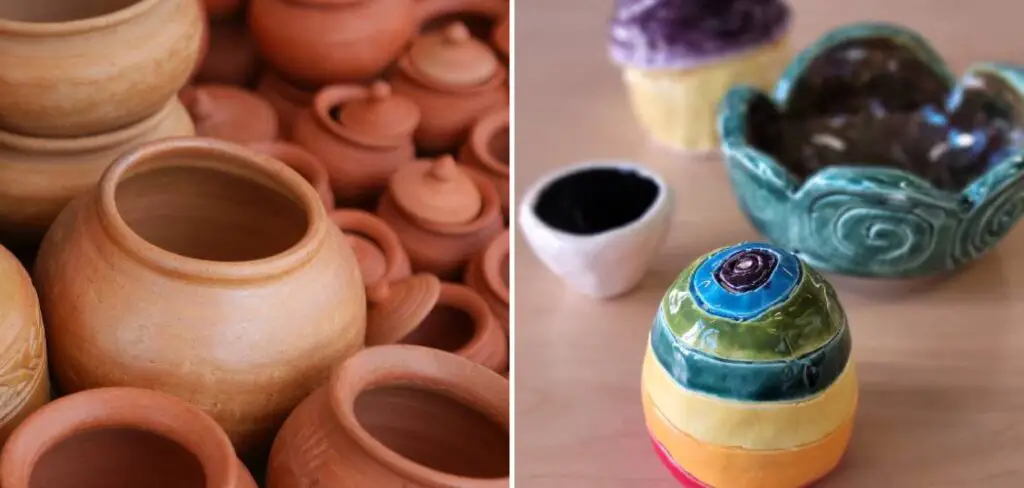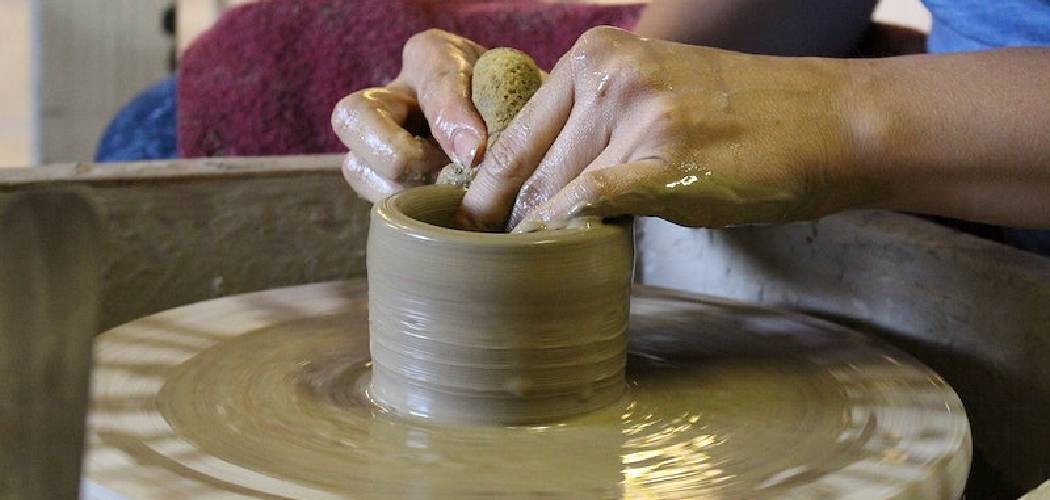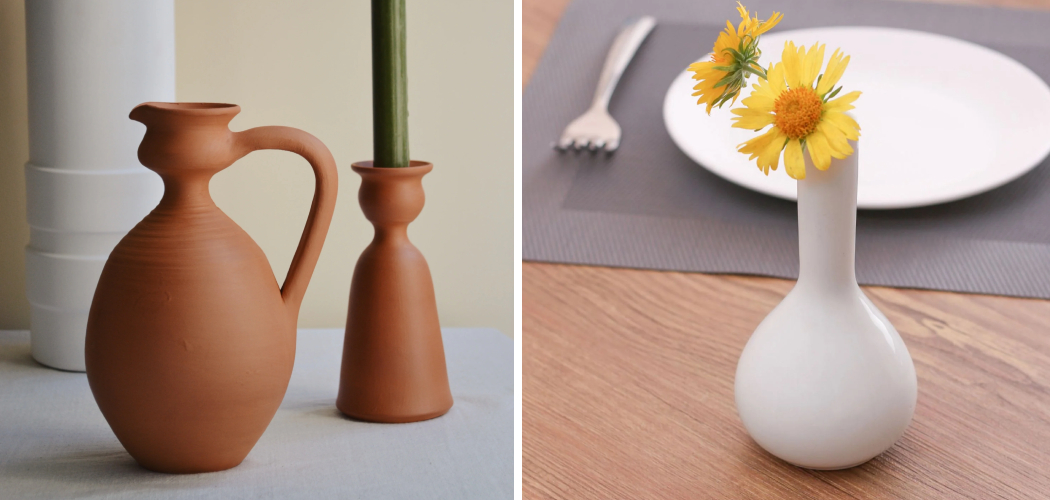Clay recycling refers to the process of reusing clay that has been previously used in pottery or other ceramic projects. Instead of discarding the clay after it has been used, it can be recycled and used again, reducing waste and conserving resources. Clay recycling is an important practice in the ceramics industry as it helps to minimize the environmental impact of clay production and disposal.
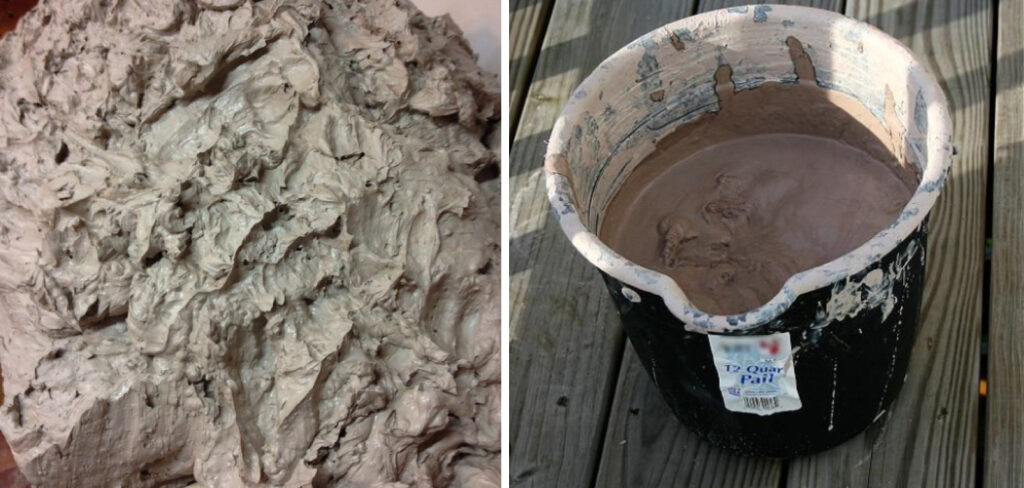
In this article, we will delve into how to recycle clay, exploring the techniques, benefits, and creative possibilities it offers. Whether you’re a seasoned ceramic artist seeking to reclaim and repurpose clay scraps or simply someone interested in sustainable living, this guide will provide you with insights on how to get the job done.
“To recycle clay, you can reclaim and reuse clay scraps by breaking them into small pieces, soaking them in water to rehydrate, then wedging and kneading the clay to restore its workable consistency. Additionally, consider utilizing a pug mill to streamline the recycling process for larger quantities of clay.”
Table of Contents
Benefits of Recycling Clay
There are several benefits to recycling clay, including environmental, economic, and social benefits.
From an environmental perspective, clay recycling helps to reduce the amount of clay that ends up in landfills. Clay is a natural resource that takes millions of years to form, so by recycling it, we can conserve this valuable resource. Additionally, the process of clay production can be energy-intensive and can contribute to greenhouse gas emissions. By recycling clay, we can reduce the need for new clay production and therefore reduce our carbon footprint.
Economically, clay recycling can be cost-effective for potters and ceramic artists. Clay is one of the main expenses in pottery production, so by reusing clay, artists can save money on materials. Additionally, recycling clay can also create job opportunities in the recycling industry, contributing to local economies.
From a social perspective, clay recycling can foster a sense of community and collaboration among potters and ceramic artists. Sharing and exchanging recycled clay can create a sense of camaraderie and support within the ceramics community. It also allows for the sharing of knowledge and techniques, which can help to improve the overall quality of ceramic work.
10 Steps How to Recycle Clay
Step 1: Gather Materials and Tools
To initiate the clay recycling process, assemble all the essential materials and tools required for the task. Make sure you have a sufficient amount of clay scraps or used clay that you intend to recycle. Gather a sturdy bucket, water, a plaster slab, a wire cutter, a canvas or cloth, and either a clay mixer or pug mill, which will aid in thoroughly mixing and preparing the recycled clay.
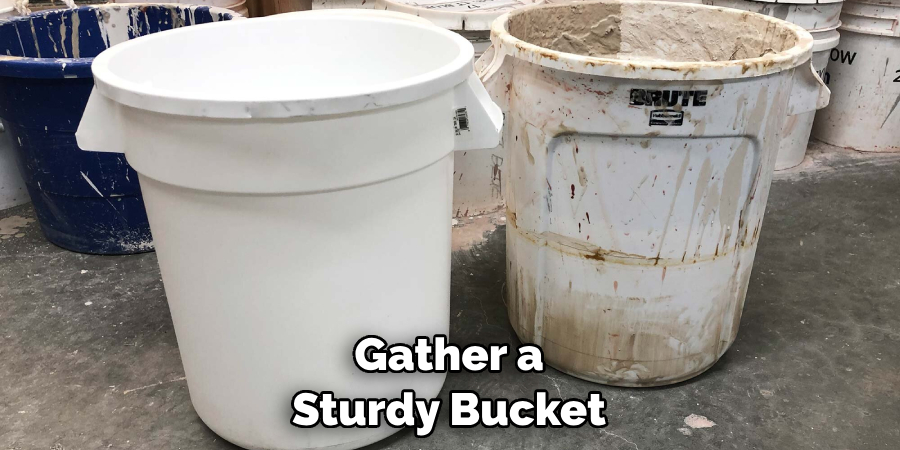
Step 2: Prepare Clay Scraps
Begin by collecting all your clay scraps from previous projects, including trimmings and any dried or hardened clay pieces. Ensure that the clay scraps are free from any foreign materials such as rocks, twigs, or debris. Break the collected clay into smaller, manageable pieces to facilitate the recycling process.
Step 3: Soak Clay in Water
Place the clay scraps into a large bucket and cover them with water. Allow the clay to soak for a considerable period, typically around 24 to 48 hours, or until it softens and becomes pliable. During this time, periodically stir the mixture to aid in the breakdown of the clay.
Step 4: Separate Impurities
After the soaking period, pour the clay mixture through a wire mesh or sieve to separate impurities and larger particles from the clay. Rinse the clay thoroughly with clean water to remove any remaining debris and sediment. This step ensures that the recycled clay is as pure as possible.
Step 5: Pour Clay Slurry onto Plaster Slab
Next, prepare a clean, flat surface for the clay to dry and reach a workable consistency. Place a plaster slab on the chosen surface and spread the clay slurry evenly over it. The plaster will help in absorbing the excess water from the clay, gradually transforming it into a more manageable form.
Step 6: Allow Water Absorption
Allow the clay to sit on the plaster slab for several hours, permitting the plaster to absorb excess water from the clay. As this process occurs, you’ll notice that the edges of the clay will begin to firm up while the center remains softer, indicating the clay’s gradual transformation to a workable consistency.
Step 7: Cut and Wedge Clay
Once the clay has reached a suitable consistency, carefully cut it into manageable pieces using a wire cutter. Begin the wedging process by folding and compressing the clay to remove air bubbles and achieve a uniform, smooth texture. Wedging is crucial for enhancing the plasticity and workability of the clay.
Step 8: Store and Age Clay
After wedging, store the clay in a plastic bag or an airtight container to prevent it from drying out. Allow the clay to age for a few weeks, which improves its plasticity, texture, and workability. Periodically check the clay to ensure it remains moist and in an optimal state for use.
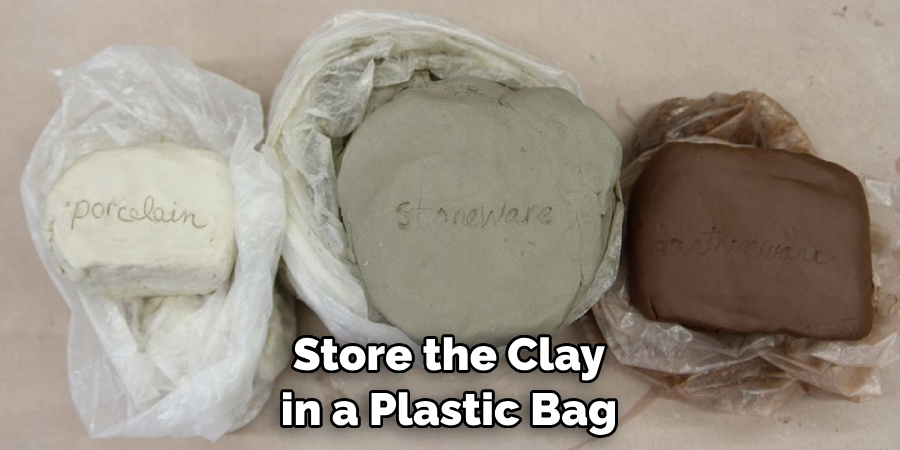
Step 9: Test and Adjust Consistency
Before using the recycled clay in your projects, perform a test to evaluate its consistency and workability. If the clay feels too dry, gradually add small amounts of water and knead the clay thoroughly until you achieve the desired texture. Conversely, if the clay is too wet, allow it to air dry for a while, and then re-wedge as needed.
Step 10: Use Recycled Clay
Your recycled clay is now ready to be incorporated into your artistic creations. Utilize it for pottery, sculpting, or any other clay-related projects, knowing that you have contributed to reducing waste and promoting sustainability by recycling clay.
Types of Clay Suitable for Recycling
Not all types of clay are suitable for recycling. The suitability of clay for recycling depends on its composition and characteristics.
Clay that has been fired to a high temperature, such as stoneware or porcelain, is generally not suitable for recycling as it becomes too hard and cannot be reconstituted. However, clay that has been fired at a lower temperature, such as earthenware, can be recycled.
In terms of characteristics, clay that is plastic and has good workability is ideal for recycling. Plasticity refers to the ability of clay to be molded and shaped without cracking or breaking. Clay with good plasticity can be easily reconstituted and reused. Additionally, clay that has not been contaminated with foreign materials, such as rocks or organic matter, is also suitable for recycling.
Tips for Successful Clay Recycling
To ensure successful clay recycling, there are several best practices that should be followed.
Firstly, it is important to use clay that is suitable for recycling. As mentioned earlier, clay that has been fired at a lower temperature and has good plasticity is ideal for recycling. Using unsuitable clay can result in poor quality recycled clay.
Secondly, proper preparation of the clay is crucial. The clay should be completely dry before attempting to recycle it, as any moisture can affect the quality of the recycled clay. Additionally, the clay should be broken down into small pieces and soaked in water to soften it before mixing.
Thirdly, it is important to mix the clay thoroughly to ensure that all the particles are evenly distributed. This can be done by hand or using a machine mixer. The clay should be mixed until it reaches a smooth and consistent texture.
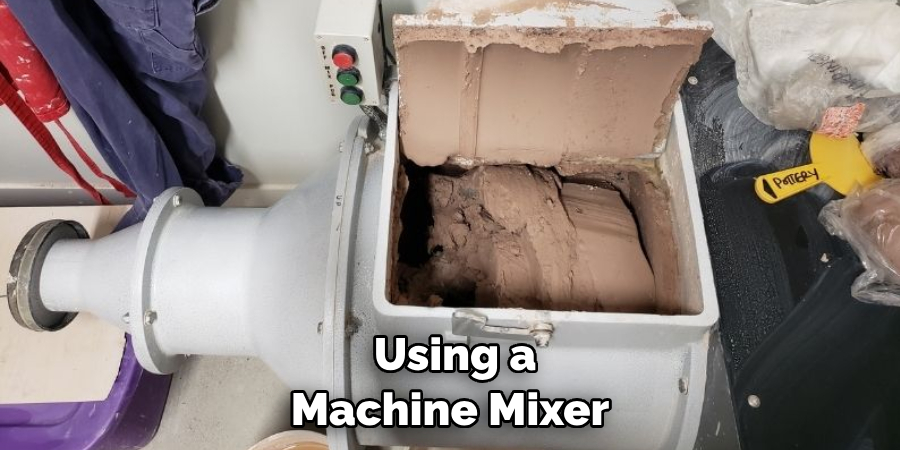
Lastly, it is important to follow guidelines and instructions for clay recycling. Different types of clay may require different techniques or processes, so it is important to read and understand the instructions before attempting to recycle clay.
Common Mistakes to Avoid When Recycling Clay
There are several common mistakes that potters and ceramic artists should avoid when recycling clay.
One common mistake is not properly drying the clay before attempting to recycle it. Any moisture in the clay can affect the quality of the recycled clay and may result in cracking or other issues during the firing process. It is important to ensure that the clay is completely dry before recycling it.
Another common mistake is not breaking down the clay into small enough pieces. If the clay pieces are too large, it can be difficult to reconstitute the clay and achieve a smooth and consistent texture. It is important to break down the clay into small chunks before soaking and mixing it.
Additionally, not mixing the clay thoroughly can result in uneven distribution of particles and a poor quality recycled clay. It is important to mix the clay until it reaches a smooth and consistent texture, ensuring that all the particles are evenly distributed.
Lastly, not following guidelines and instructions for clay recycling can lead to poor results. Different types of clay may require different techniques or processes, so it is important to read and understand the instructions before attempting to recycle clay.
Conclusion
In conclusion, clay recycling is an important practice in the ceramics industry that helps to reduce waste, conserve resources, and promote sustainability. By recycling clay, we can minimize the environmental impact of clay production and disposal, save money on materials, and foster a sense of community within the ceramics community.
The future of clay recycling looks promising, as more potters and ceramic artists are becoming aware of the benefits and importance of recycling clay. With advancements in technology and techniques, the process of clay recycling is becoming more efficient and accessible. Hopefully, this article gave you some helpful tips about how to recycle clay successfully, so now that you have the proper knowledge on how to get the job done, why not give it a try today?
